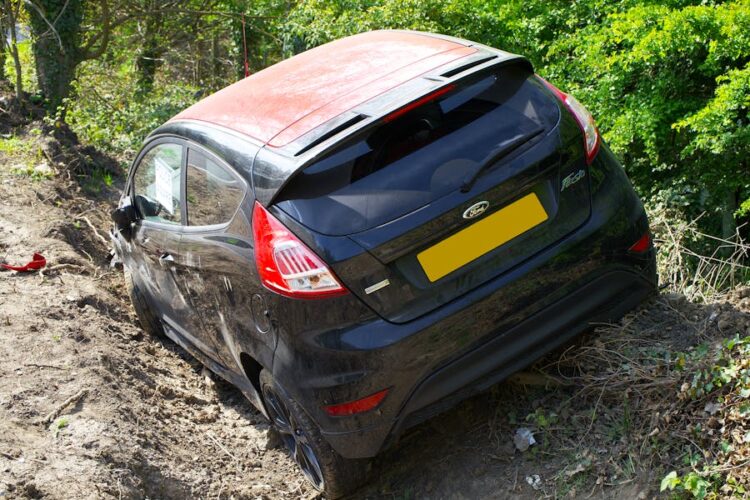Imagine driving down the busy streets of Los Angeles, only to be struck by a reckless driver who was not just negligent but flagrantly disregarding traffic laws. Such incidents, unfortunately, are not uncommon in California.
While compensatory damages can cover your medical bills and car repairs, what about the need to punish the offending driver and deter such behavior in the future? This is where punitive damages come into play.
What Are Punitive Damages?
Punitive damages, unlike compensatory damages that aim to reimburse the victim for losses, are intended to punish the wrongdoer and serve as a deterrent against similar actions in the future. They are awarded in cases where the defendant’s conduct is deemed especially harmful or egregious, going beyond mere negligence.
Legal Basis for Punitive Damages in California
In California, punitive damages are governed by specific statutes and legal precedents. According to California Civil Code § 3294-3296, a plaintiff can seek punitive damages if they can prove by clear and convincing evidence that the defendant acted with malice, fraud, or oppression.
This higher burden of proof means that ordinary negligence is insufficient; the plaintiff must show intentional misconduct or a conscious disregard for the safety of others.
Common Scenarios Leading to Punitive Damages in Car Accidents
- Drunk Driving: One of the most common scenarios leading to punitive damages in car accidents involves driving under the influence (DUI). When a driver chooses to operate a vehicle while intoxicated, they show a blatant disregard for the safety of others, which can justify punitive damages.
- Reckless Driving: Extreme recklessness or gross negligence, such as excessive speeding, street racing, or running red lights, can also lead to punitive damages. These actions demonstrate a conscious disregard for potential harm.
- Intentional Misconduct: In cases where the driver intentionally causes an accident, such as in instances of road rage, punitive damages are not just possible but likely.
Process of Claiming Punitive Damages
To claim punitive damages, the injured party must first file a lawsuit against the offending driver. The process involves several steps:
- Filing a Lawsuit: The initial step is filing a complaint that details the allegations and the basis for seeking punitive damages.
- Legal Representation: Given the complexity of proving malice or gross negligence, hiring an experienced attorney is vital. An attorney can help gather evidence and build a strong case.
- Court Proceedings: During the trial, the plaintiff must present clear and convincing evidence of the defendant’s egregious conduct. The jury then decides whether to award punitive damages and the amount.
An experienced Burbank car accident lawyer can guide you through this process and help you seek the compensation you deserve.
Limitations and Challenges
While punitive damages serve an important role, there are limitations and challenges involved:
- Caps on Punitive Damages: Although California does not impose strict caps on punitive damages, the U.S. Supreme Court has ruled that excessively large punitive damages may violate due process, suggesting a single-digit ratio between punitive and compensatory damages.
- Proving Malice or Gross Negligence: Demonstrating the necessary elements for punitive damages is challenging. Plaintiffs must provide compelling evidence of the defendant’s intent or conscious disregard for safety.
- Defense Arguments: Defendants often argue that their conduct does not meet the threshold for punitive damages, and they may present evidence to mitigate the perceived severity of their actions.
Final Thoughts
Punitive damages can be a vital element in seeking justice and deterring reckless behavior on the roads. However, pursuing such damages requires strong evidence and experienced legal representation.
If you have been injured in a car accident caused by someone else’s egregious conduct, consult with a personal injury lawyer to understand your rights and options for seeking punitive damages.









